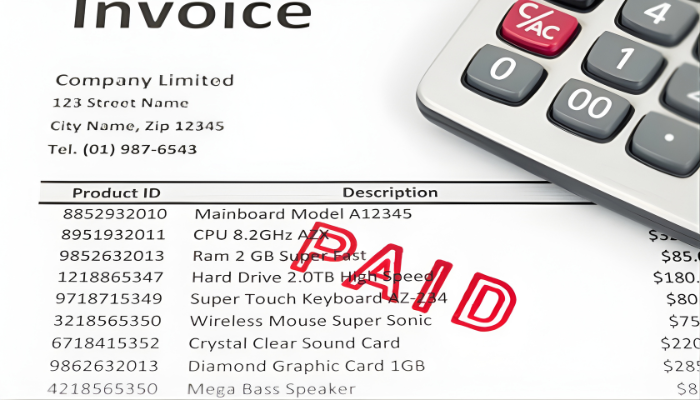When you operate a small business, you're typically concerned with several figures. The most important figure of all is, of course, the bottom line. But did you know that there are other calculations that can help you make your business more efficient? Asset turnover ratio, for example, can help you get more value out of your business equipment, your workers, and your supplies, thereby increasing your gross revenue.
What is an Asset Turnover Ratio?
Asset turnover ratio refers to how much your assets contribute to your product or sales. This calculation is typically low when a company is inefficient and high when a company is efficient. For example, if you have a publishing company and you own several printing presses, then your asset turnover ratio will be high if you are producing the maximum number of books off of your presses. On the other hand, if your presses are constantly breaking down or in need of repair, then you're not able to produce as much material for sale, which will make your asset turnover ratio lower.
If you own a resale business, then your most important asset is often your available inventory. If you're selling a large amount of inventory, then your asset turnover ratio will be high. However, if your inventory stores are remaining the same during the year, then you're holding on to inventory for a long time, which hurts your overall sales and makes your asset turnover ratio low.
Using Asset Turnover Ratio to Understand Your Company's Efficiency
If you notice that your asset turnover ratio is low, then you have to make some adjustments to improve the efficiency of your company. Ideally, all of your assets should be working together to increase your sales or revenue each year. As a general rule, the newer the asset, the more it adds to your efficiency. But this rule only works if the asset is necessary and valuable to your business. Restricting your asset purchases to items that you absolutely need can help you raise your asset turnover ratio.
You can also use several different asset turnover ratios to determine how well each type of asset is contributing to sales. For example, you might calculate an accounts receivable turnover ratio to examine how efficiently your outstanding invoices are being converted into income.
Learning about asset turnover ratio can help you find out which areas of your business you need to improve. If you've been concerned about raising the efficiency of your company, calculating your asset turnover ratio is a good place to start.














